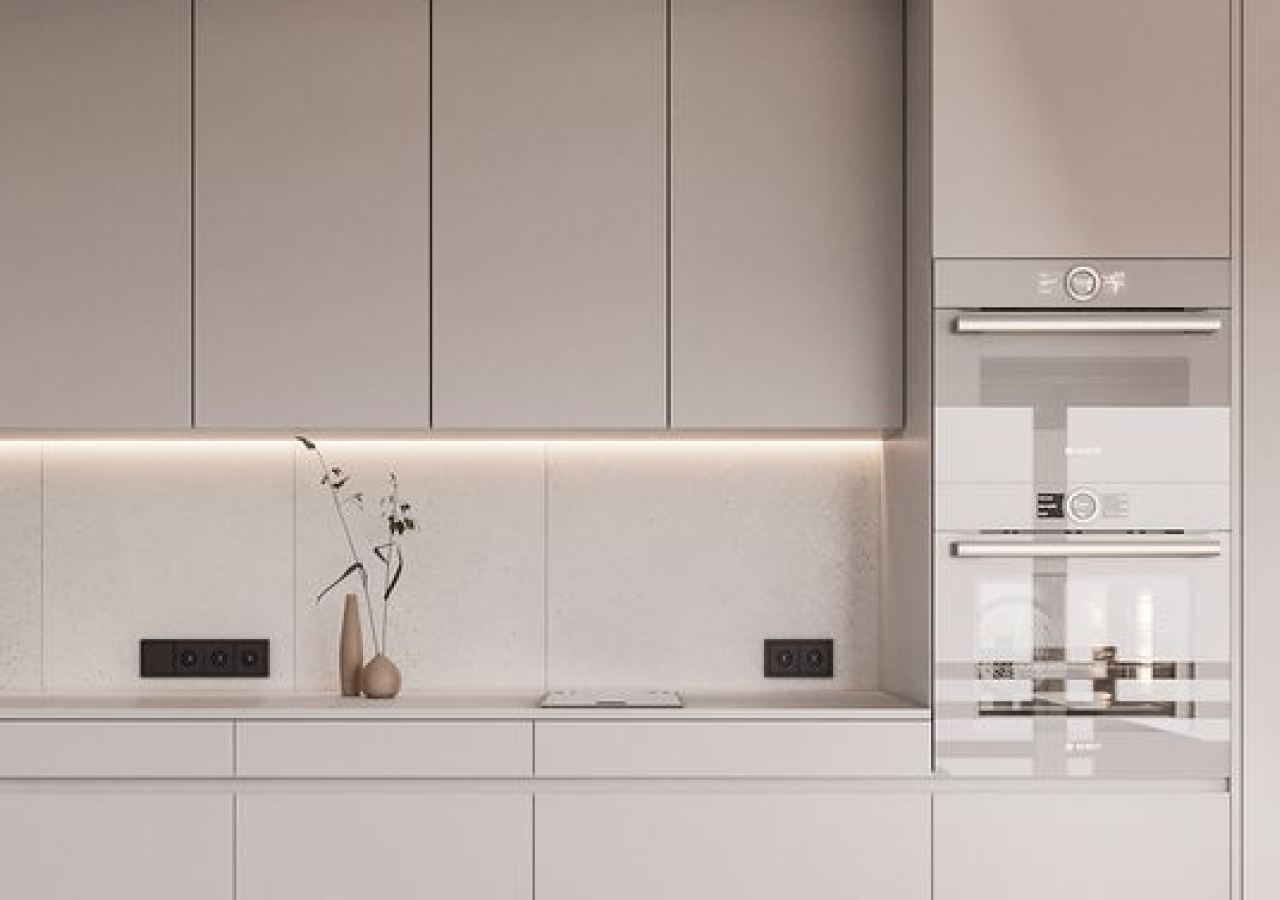Table of Contents:
- Designing Your Dream Backsplash
- Budgeting for Your Backsplash
- Harmonizing Your Backsplash and Countertop
- Installation and Beyond
- Alternative Backsplash Materials
- Conclusion
- FAQs
When it comes to kitchen renovations, one element that often takes center stage is the backsplash. Not only does it serve a practical purpose by protecting your walls from spills and splatters, but it also plays a crucial role in defining the overall aesthetic of your kitchen.
Designing Your Dream Backsplash
When planning a kitchen renovation, the backsplash often becomes a focal point. It not only protects your walls from spills and splatters but also plays a key role in defining your kitchen's overall aesthetic. For a modern kitchen backsplash, you might choose something sleek and contemporary, such as a stainless steel backsplash or unique kitchen backsplash tiles.
Budgeting for Your Backsplash
Let's talk numbers. If you're working with a limited budget, consider ceramic or porcelain tiles. They are cost-effective, durable, and available in numerous styles, making them ideal for creating a stylish kitchen backsplash tile design. For those with a larger budget, natural stone options like marble or quartz can add luxury and sophistication to your kitchen. Quartz backsplashes, in particular, offer a seamless and elegant look that pairs beautifully with modern designs.
Harmonizing Your Backsplash and Countertop
Selecting a backsplash that complements your countertop is essential for a cohesive kitchen design. If you have a quartz countertop with intricate veining, a subtle white kitchen backsplash can harmonize the space. Alternatively, a stone backsplash kitchen design can provide a rustic yet refined look when paired with granite or marble countertops.

Installation and Beyond
Once you've selected the perfect backsplash, it's time for installation. Hiring a professional installer ensures precision, from aligning the backsplash tiles to perfecting the grout lines. This is especially important for complex patterns or materials like stone and stainless steel backsplashes. Maintenance is another factor to consider; for instance, natural stone backsplashes may require a sealant to protect against stains and maintain their appearance.

Alternative Backsplash Materials
Exploring unconventional options can add a unique flair to your kitchen. For example, a stainless steel backsplash offers a sleek, industrial look and is easy to clean, making it perfect for modern kitchens. Other unique kitchen backsplash materials include glass, mirrored tiles, or even reclaimed wood, each adding a distinctive touch to your kitchen design.

Conclusion
Quality should always be a priority when designing and installing a kitchen backsplash. While it’s essential not to compromise on quality to save costs, the most expensive option isn’t always the best fit for your needs. Here are practical steps to balance quality and cost:
- Seek Multiple Quotes: Obtain at least three or four quotes from different contractors to compare prices and services.
- Check References: Ask contractors for references from previous clients to ensure satisfaction with their work.
- Verify Credentials: Ensure contractors are licensed, insured, and bonded for your protection.
- Ask for Recommendations: Get recommendations from friends and family who have recently completed kitchen renovations.
A well-planned and executed kitchen backsplash can transform your kitchen into a stylish and functional space. By considering your budget, style, and material preferences, you can create a backsplash that enhances your kitchen's overall appeal.
FAQ
What is the best material for a kitchen backsplash?
The best material depends on your style and maintenance preferences. Popular options include ceramic, porcelain, quartz, and stainless steel backsplashes.
How much does a kitchen backsplash cost?
Costs vary based on material and installation complexity. Ceramic and porcelain tiles are budget-friendly, while natural stones like marble and quartz are more expensive.
Can I install a backsplash myself?
While DIY installation is possible for simple designs, professional installation is recommended for complex patterns and high-end materials to ensure a flawless finish.
How do I maintain my kitchen backsplash?
Maintenance depends on the material. For example, ceramic and porcelain tiles are easy to clean with mild detergent, while natural stone may require periodic sealing.
What are some unique kitchen backsplash ideas?
Unique options include glass tiles, mirrored tiles, reclaimed wood, and stainless steel. These materials can add a distinctive and personalized touch to your kitchen.
Can a backsplash be installed over existing tiles?
Yes, but it's essential to ensure the existing surface is clean, dry, and properly prepared to ensure the new backsplash adheres correctly.





